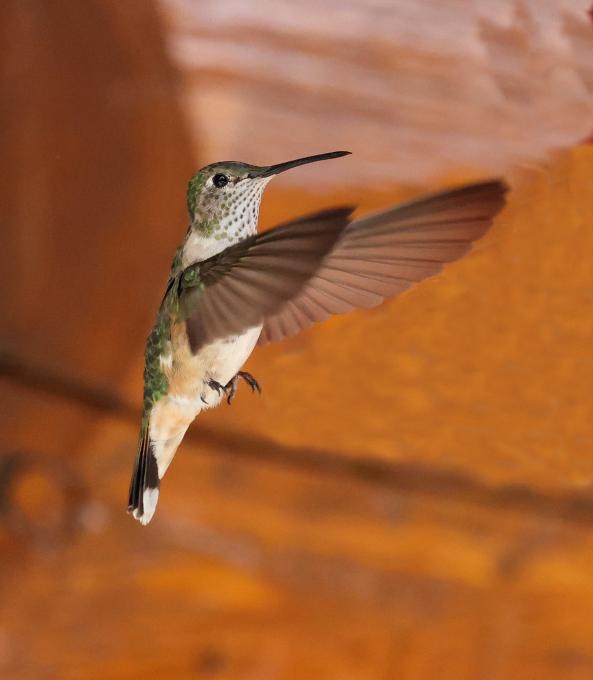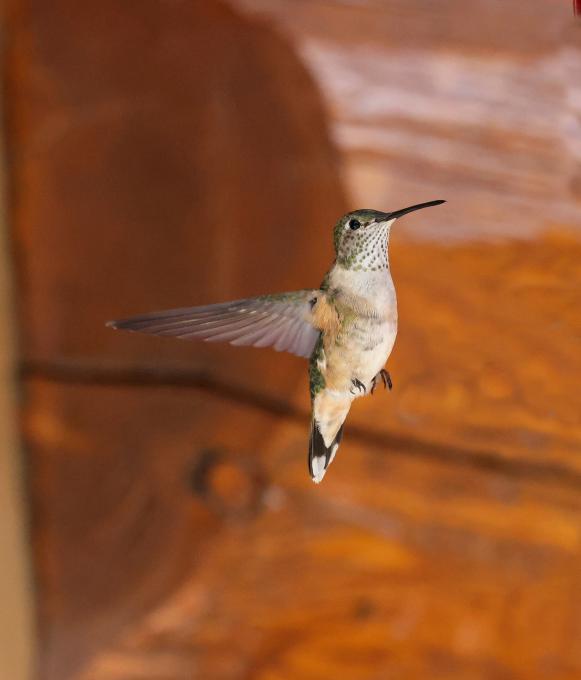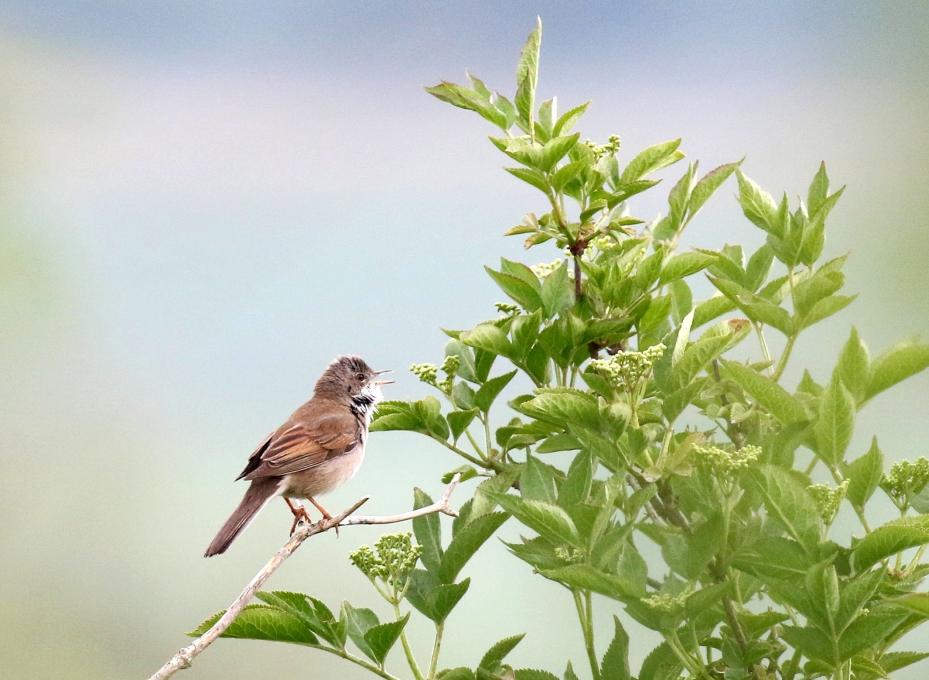Dunlin
Forum Replies Created
Viewing 3 posts - 1 through 3 (of 3 total)
-
DunlinParticipantOne gear option worth mentioning is to combine different types of equipment in a hybrid technology. My preferred system when I'm in the field, out in the open (not in a hide) and know I may have to wait some time for a shot is to combine a tripod with a bean bag. I assemble the tripod with a pan/tilt head and place a bean bag over the head. I prefer to shoot hand-held using a BlackRapid harness to hold my Canon R5 with a RF 100-500mm lens. While waiting for birds, I hold the camera in both hands and rest them on the bean bag in front of me at the level of my chin. This takes the weight off the harness round my shoulder while allowing me the fastest possible response to shooting a bird coming at any speed, at any height, in any direction and on any flight path. While it is true that a tripod/gimbal head combo provides the most stable and agile mechanical technology for shooting birds, it has two drawbacks compared to the tripod/bean bag hybrid for capturing birds in flight: i. A tripod/gimbal head is very heavy to carry, particularly in combination with a prime supertelephoto lens (500-600mm). If you have to walk any distance,particularly uphill over rough terrain in windy conditions, it can be a major challenge. ii. Although a tripod/gimbal head allows a more rapid and nimble response than using a pan/tilt or ball head, it is slower and clumsier than using the same lens hand-held. When I see a bird approaching while using my hybrid system, I simply lift the camera to my eye for hand-held shooting and I'm up and running. If necessary, I'll take a step to the left or right, or step back to give myself unimpeded swing room.in reply to: Practice Matching Your Gear to Your Goals #941652
-
DunlinParticipantLike Jennifer, I recently upgraded from a Canon DSLR (D7 Mk II) to a Canon mirrorless (R5). Instead of buying an adaptor to continue using my EF 100-400 mm lens on the R5, I decided to get the RF 100-500 mm lens. The latter has two advantages: (i) the camera/lens combination is better balanced because the adaptor + EF 100-400 mm lens pushes the lens further forward from the camera body; (ii) I believe the image stabilisation within the RF 100-500 lens is more efficiently integrated with the IS system in the camera body. I'm delighted with the upgrade which has improved the quality of my bird images for several reasons:
- The R5 has a quasi-manual F mode which allows you to set the aperture and shutter speed independently with the camera determining the appropriate ISO value automatically. This is very useful for taking birds in flight (my commonest subject) when you need a high shutter speed and as much light as possible. It often results in very high ISO values, but the RF cameras are designed to shoot at high ISO values with minimal graininess.
- Higher maximum shutter speeds in continuous shooting mode. This is also useful for taking birds in flight.
- Improved autofocus,particularly with face/eye recognition for animals,including birds. However,I find this AF mode only works when the subject is relatively close. I tend to shoot birds too far away, so this is my fault not the camera's !
- The R5 has a large sensor. This allows me to crop heavily, if necessary, & still have an image with acceptable resolution. Note that a crop-sensor (as in a DSLR) retains only the central 60% of the image. With a full frame camera, you can decide not only how much to crop, but which areas of the image to throw away. This is particularly useful when shooting birds in flight when the subject may not be located entirely within the central 60% of the image.

 in reply to: Practice Matching Your Gear to Your Goals #940632
in reply to: Practice Matching Your Gear to Your Goals #940632 -
DunlinParticipantI've just joined this course and this is my first submission. My nearest birding patch is a public park in the city which contains open grassland, deciduous woodland and areas of scrub. It is not a nature reserve and is used primarily by non-birders for exercising dogs, cycling and other recreational activities such as walking. This presents particular challenges for observing and photographing birds. In the spring, the park attracts small numbers of Common Whitethroat, a warbler which migrates from Sub-Saharan Africa to breed in Europe. Following the COVID lockdown in the UK in March 2020, I made several early morning visits to the park to ascertain where these birds were displaying and what cover I could use to ensure I could get close enough to photograph them with the sun behind me. I attach three images to illustrate different poses and micro-habitats of the Common Whitethroat in the park. The first shows a bird looking for insects among hawthorn blossom.
 The second image shows a bird foraging for bugs low down in a bramble bush. The yellow area framing the left of the image is blossom of the broom tree.
The second image shows a bird foraging for bugs low down in a bramble bush. The yellow area framing the left of the image is blossom of the broom tree.
 The third image shows a male singing in the open to attract a mate and establish his territory.
The third image shows a male singing in the open to attract a mate and establish his territory.
 The photos were taken with a Canon EOS 7D Mark II camera with an EF100-400mm f/4.5-5.6L IS II USM lens. in reply to: Practice Understanding Birds for Better Photos #940360
The photos were taken with a Canon EOS 7D Mark II camera with an EF100-400mm f/4.5-5.6L IS II USM lens. in reply to: Practice Understanding Birds for Better Photos #940360
Viewing 3 posts - 1 through 3 (of 3 total)


 The second image shows a bird foraging for bugs low down in a bramble bush. The yellow area framing the left of the image is blossom of the broom tree.
The second image shows a bird foraging for bugs low down in a bramble bush. The yellow area framing the left of the image is blossom of the broom tree.
 The third image shows a male singing in the open to attract a mate and establish his territory.
The third image shows a male singing in the open to attract a mate and establish his territory.
 The photos were taken with a Canon EOS 7D Mark II camera with an EF100-400mm f/4.5-5.6L IS II USM lens.
The photos were taken with a Canon EOS 7D Mark II camera with an EF100-400mm f/4.5-5.6L IS II USM lens.